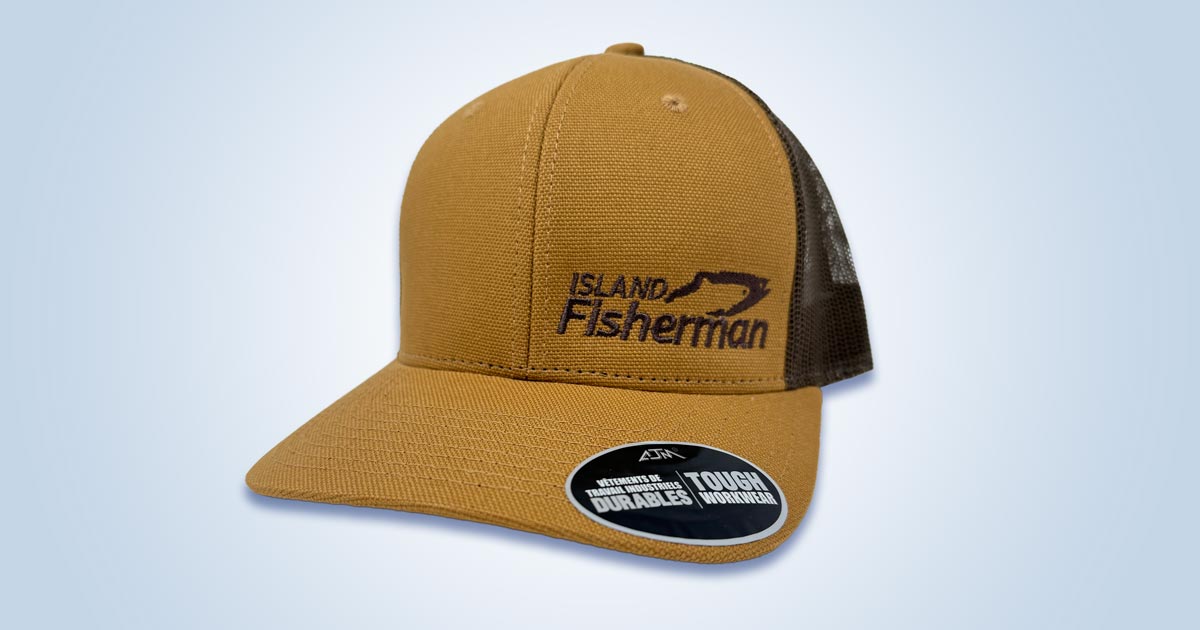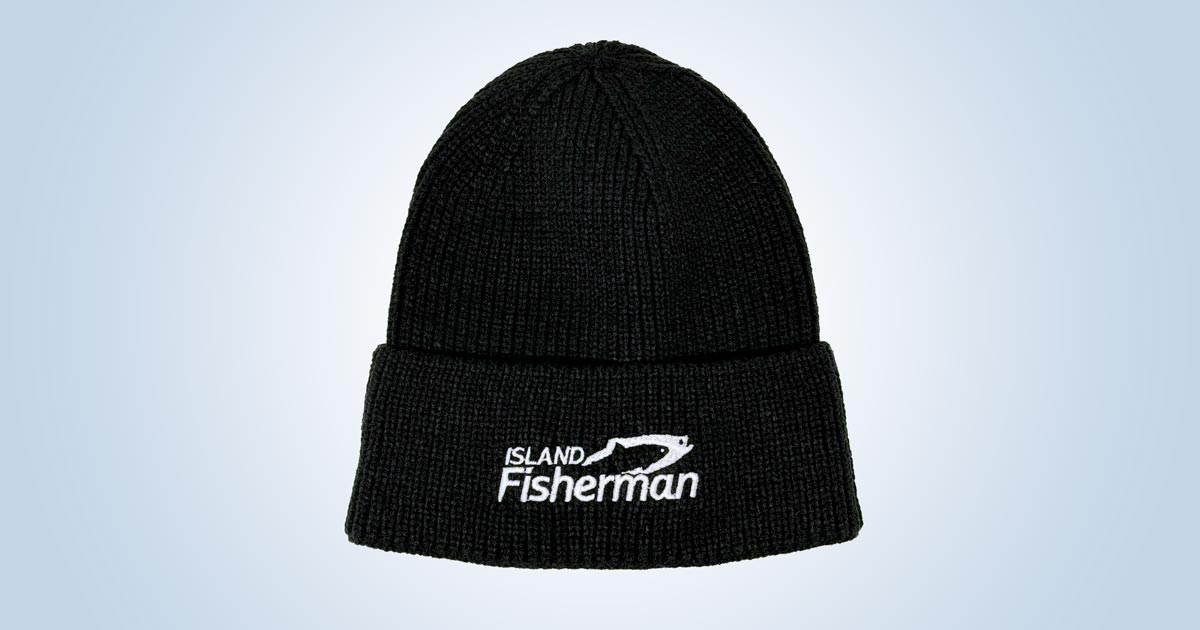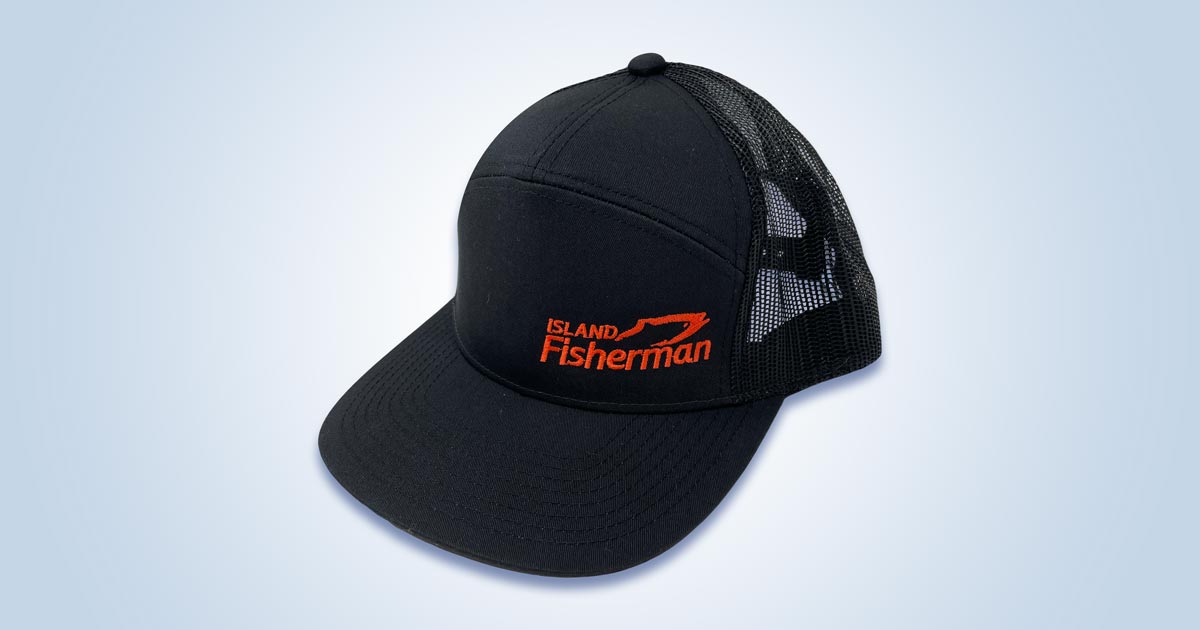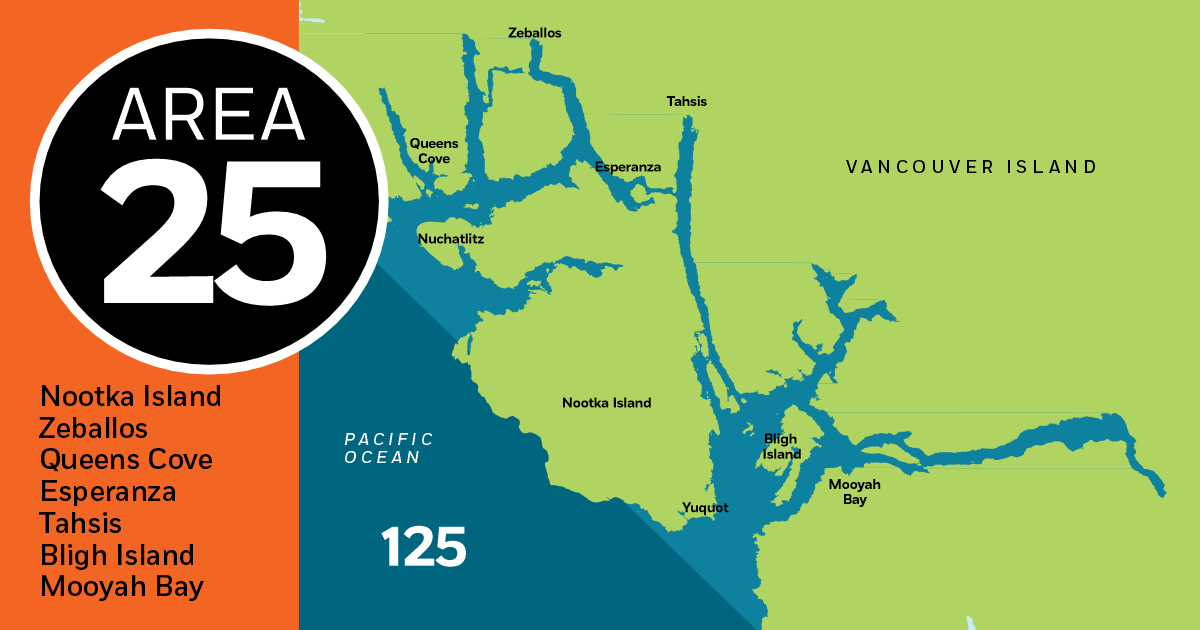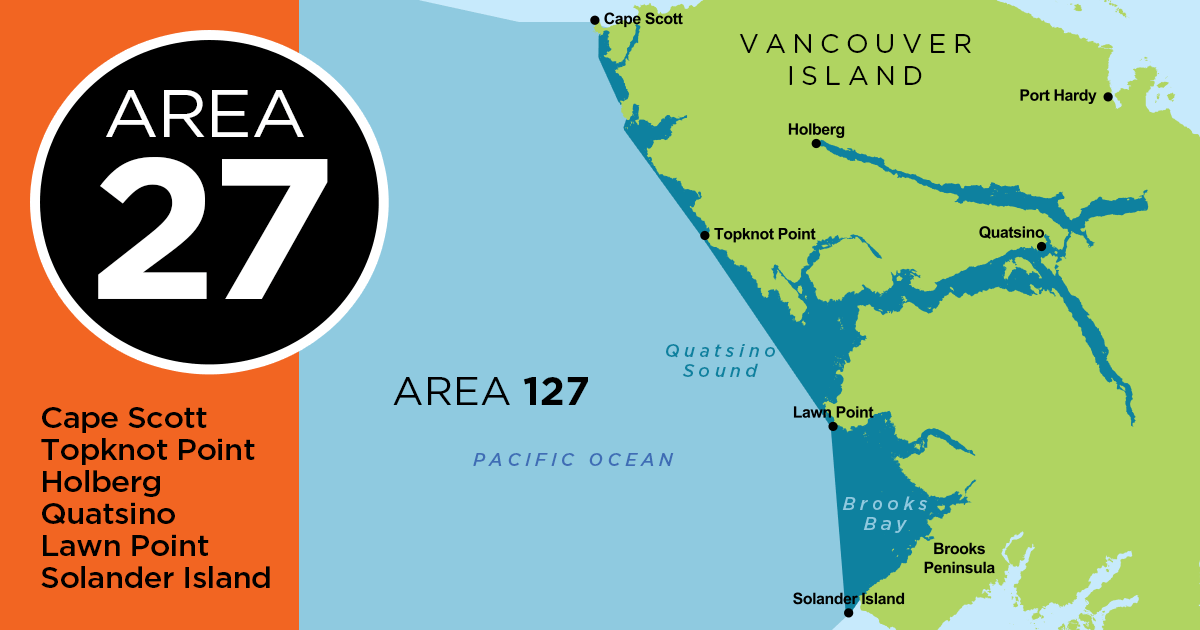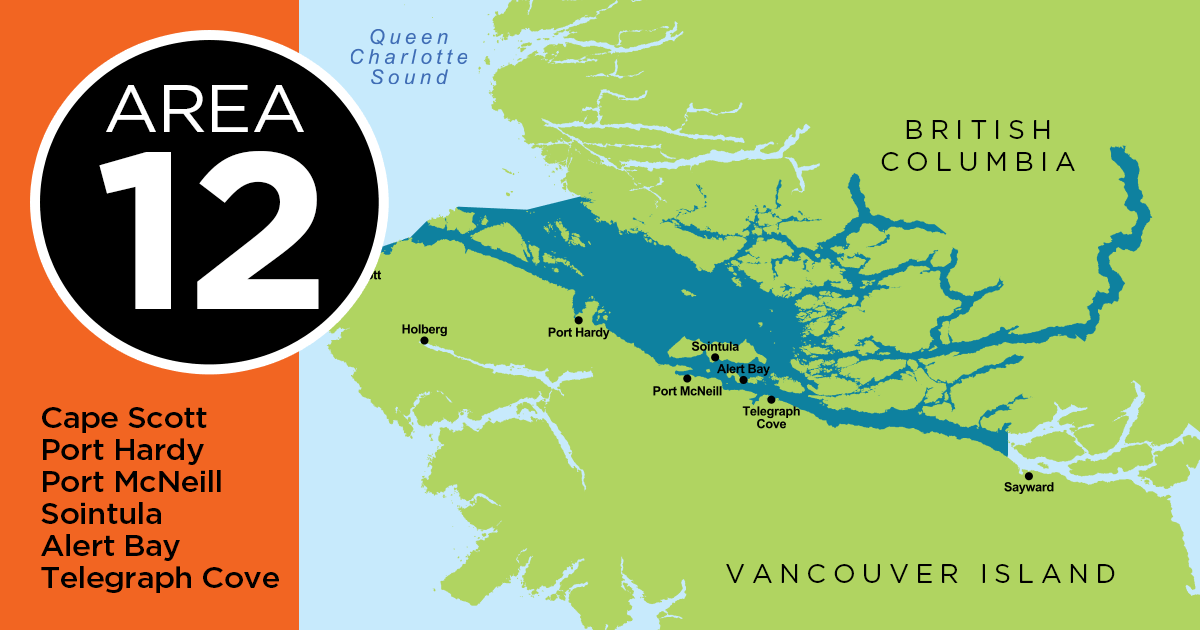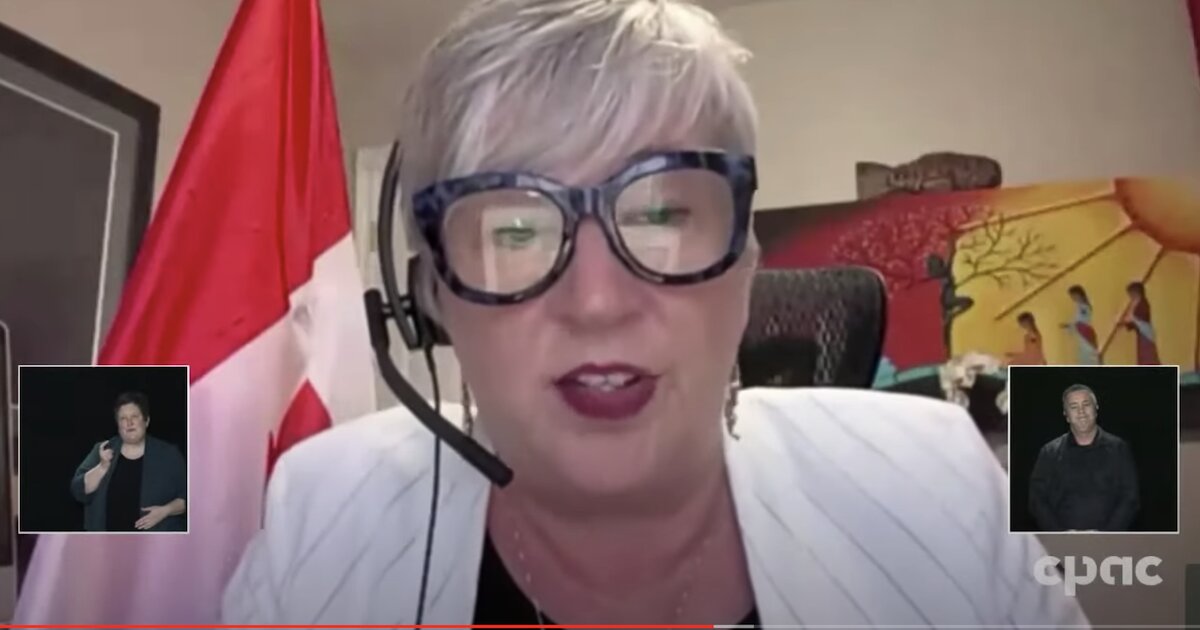
The Good News
In a joint announcement on World Oceans Day, Minister of Fisheries, Oceans and the Canadian Coast Guard Bernadette Jordan, supported by Federal Minister of the Environment, Jonathan Wilkinson, announced a $647 million 5-year program to reverse Pacific salmon declines and put them back on the road to recovery.

Pacific Salmon Strategy Initiative, (Image DFO, Gov’t of Canada)
Not a New Announcement
Interestingly, this is not a new announcement. It was originally covered thoroughly in an April 21, 2021 National Observer story written by Rochelle Baker. In spite of this apparent recycling of news, the Pacific Salmon Strategy Initiative is welcomed based on the general intent to restore salmon stocks that will support fisheries. The minister described it as a “single guiding force” and “a massive undertaking unlike anything before.” However, Minister Jordan’s announcement was short on details regarding how the money will be spent, who will spend it, and who will make those decisions. The announcement was wrapped in words like “cooperation and collaboration”. It also pointed to the creation of a new “arms-length advisory body,” as well as a “new Restoration Center of Expertise,” both undefined, while including an additional $100 million to beef up the BC Salmon Restoration and Innovation Fund.
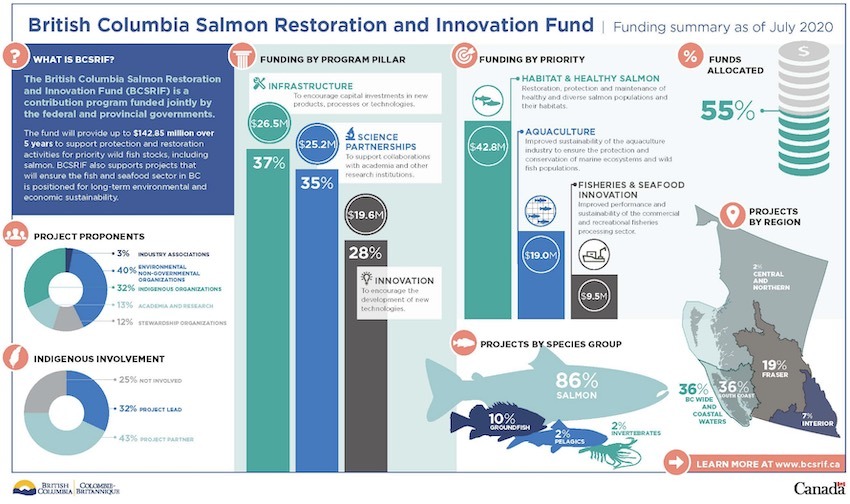
Click to Infographic: Summary of British Columbia Salmon Restoration and Innovation Fund funding as of July 2020
Funds For Hatcheries
There was also news for recreational anglers and others who have fought to ensure that BC’s salmon hatchery program remains in place. Their efforts will be bolstered by the construction of two new hatcheries, whose location and purpose is still to be decided, with consideration given to the views of all stakeholders. The hatchery program will be one of the four pillars of the recovery, according to Minister Jordan. The other three pillars are:
- Conservation and Stewardship: This would be based on “targeted science and integrated data to drive effective decision making”.
- Harvest Transformation to Modernize and Stabilize Salmon Fisheries: The Minister hinted at a pending announcement for the commercial fisheries; there will be discussions about innovative First Nations Food, Societal, and Ceremonial Fisheries; and work will be done to provide sustainable harvest opportunities for the recreational fishery through mark-selective fishing.
- Integrated Management and Collaboration: This pointed towards new collaborative processes so that all the interested parties can work together more effectively.
The Bad News

Martin Paish, Director of Business Development
The problem is this: While the announcement said all the right things, it was woefully lacking in details. This concern was clearly expressed by the Sport Fishing Institute’s (SFI) Martin Paish (who is also chairman of the Fisheries Minister’s own Sport Fishing Advisory Board (SFAB)), when he said, “Increased enhancement and linking that to more angling opportunities is good news. But the devil is in the details. How and when will the commitment to mass marking (MM) of all hatchery production and the go-ahead for marked selective fisheries be approved?”
Paish’s concern was borne out when Island Fisherman Magazine questioned the Minister about when the government would be moving to mass marking of all hatchery Chinook and coho salmon. Watch the video:
The US is often cited as the model for this program, where 100% of Chinook and coho hatchery stocks are marked (MM) and fishery values are considered an important goal in salmon recovery policy. They have been running their program successfully for a decade.

Adipose fin-clipped hatchery Chinook
The minister’s response repeated the comments that have been made in the past about proceeding with caution and requiring more time to study the situation. However, it is clear that mass marking (MM) is critical for successful selective fishing. So by failing to indicate when it will begin, she has once again left many anglers and angling advisers wondering if she doesn’t understand the situation or simply doesn’t want to provide an answer.
This prompted Chris Bos, from the South Vancouver Island Anglers Association, to remark that “it just shows how unwilling the minister is to openly support the public salmon fishery, its needs, and the very minimal life-line that was requested through the Chinook fishing proposals for 2021 that were put forward.” He goes on to say, “Those proposals were carefully designed to avoid the important Upper Fraser River Chinook stocks of concern”.

Jane Deeks, Press Secretary & Senior Communications Advisor to Minister of Fisheries, Oceans and the Canadian Coast Guard
An email received from Jane Deeks, from the minister’s media office, contains more of the same lack of committal and detail, but this time in response to where and when the two new hatcheries will be built.
“All advancements on hatcheries will be developed with the people on the ground including First Nations, local governments and local organizations. Together, we will all determine exactly where these new hatcheries should be located to deliver the biggest impact, how exactly they should be used, and how we can work together in their development. What we don’t want is hatchery fish overwhelming wild stocks or the capacity of watersheds. That is why we will work with our partners on the ground to ensure the safest and most effective path forward”.
Most anglers recognize that unless you can distinguish between hatchery and wild salmon the majority of those unmarked hatchery fish cannot be selectively harvested by any group, including commercial and First Nations fishers; they can’t be separated from wild stock during broodstock capture and—as long as Chinook non-retention remains in place—important coded wire tag data (CWT) cannot be recovered. Effectively, in areas of the coast struggling under Chinook-non-retention, unmarked hatchery salmon simply go to waste if they cannot be identified. Dangling the promise of relief and support for mass marking and selective fishing—but failing to commit to a timeline for implementation—exacerbates the feeling of frustration felt by anglers and angling businesses in BC towards this Minister of Fisheries.
Visit the Store
$34.99
$34.99
Featured Catch
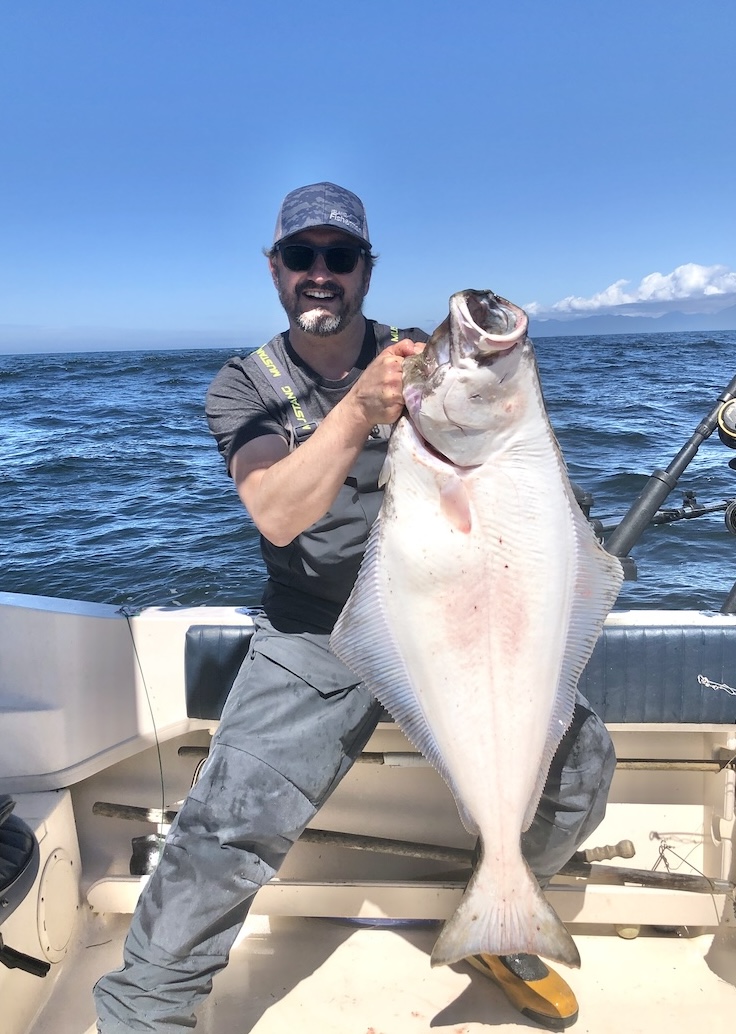
Joel Unickow halibut (Photo: Rob Frawley Lucky Strike Sportfishing Tofino)

